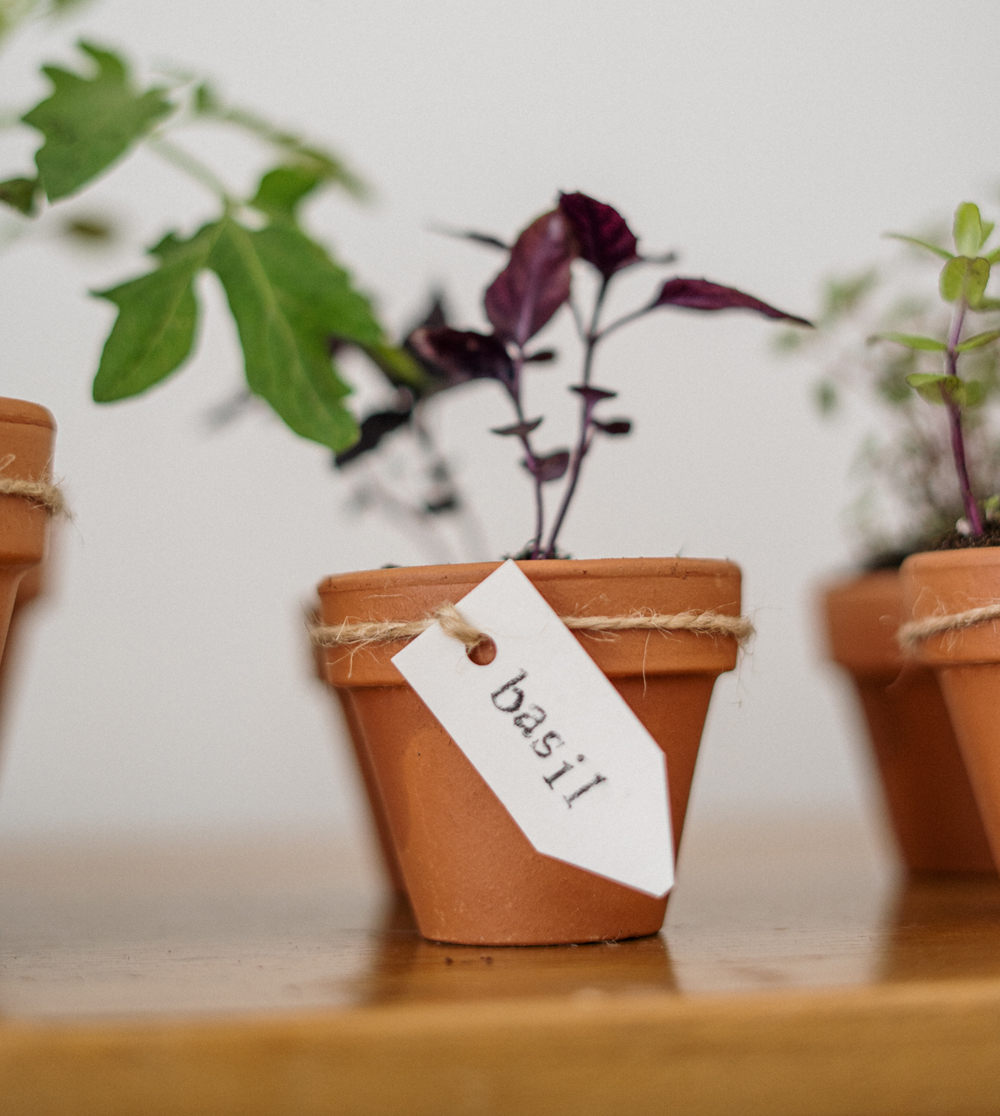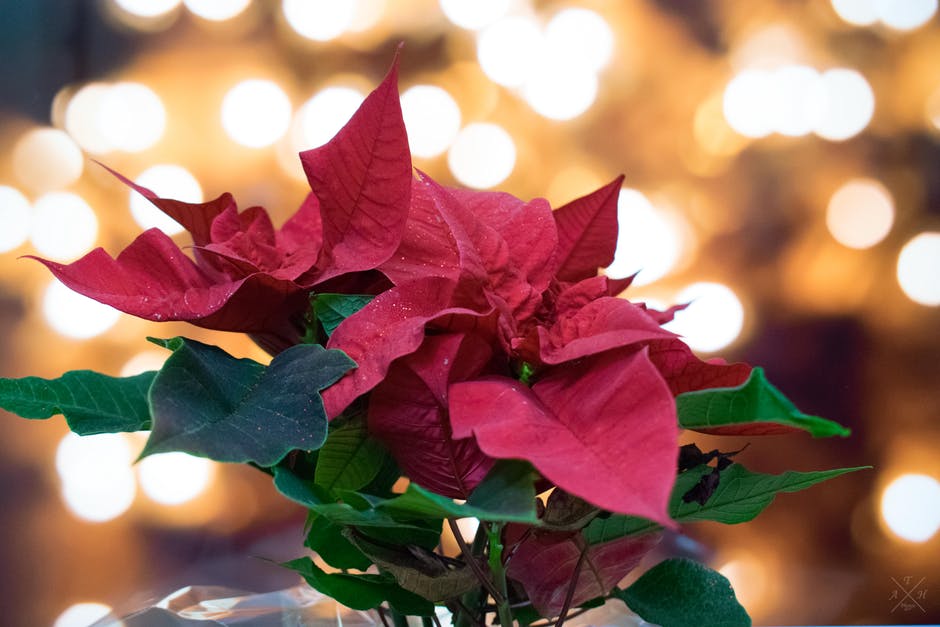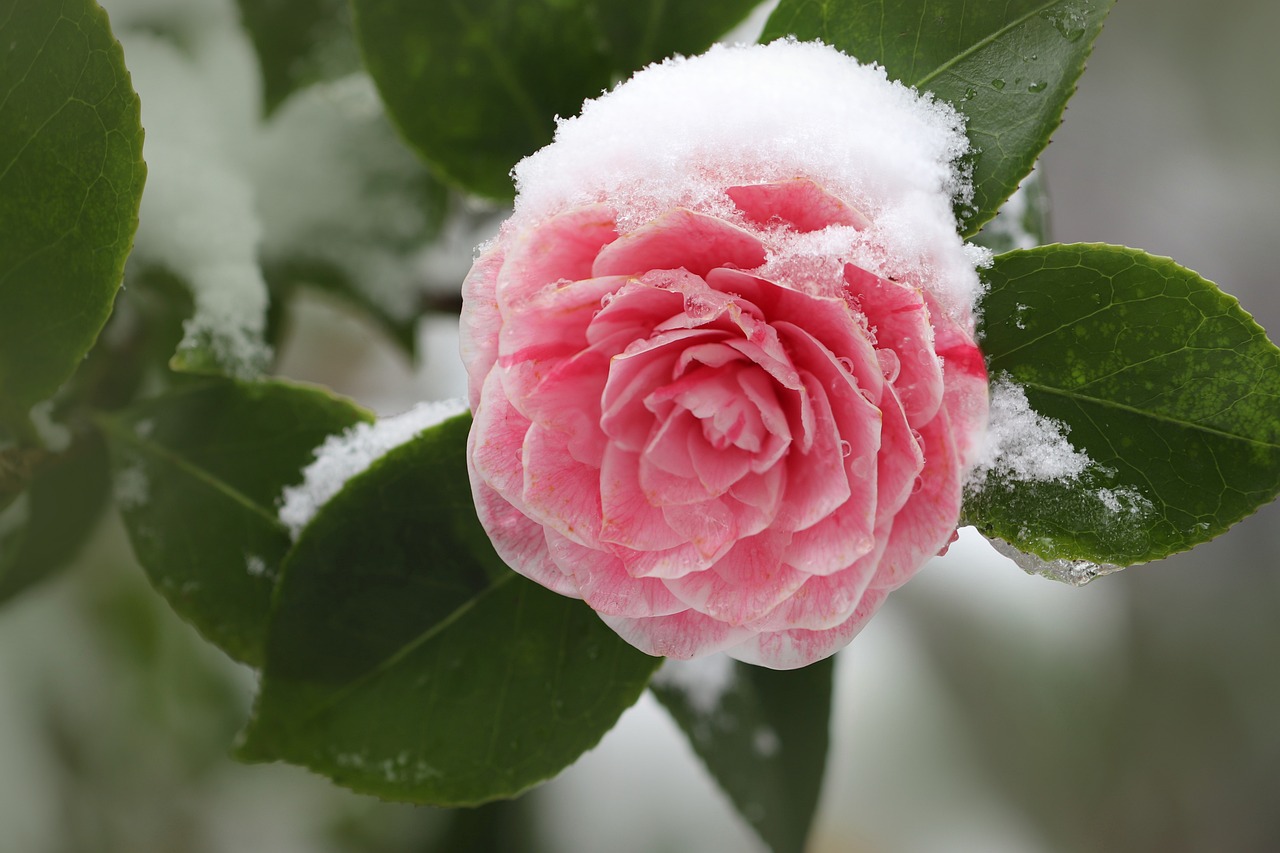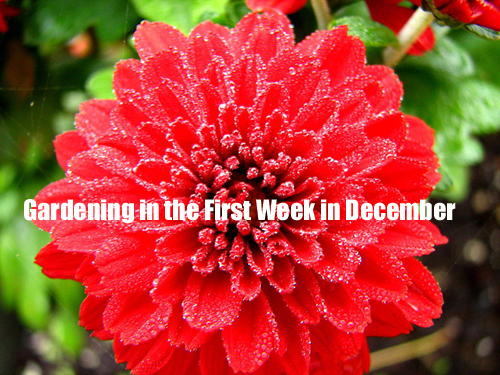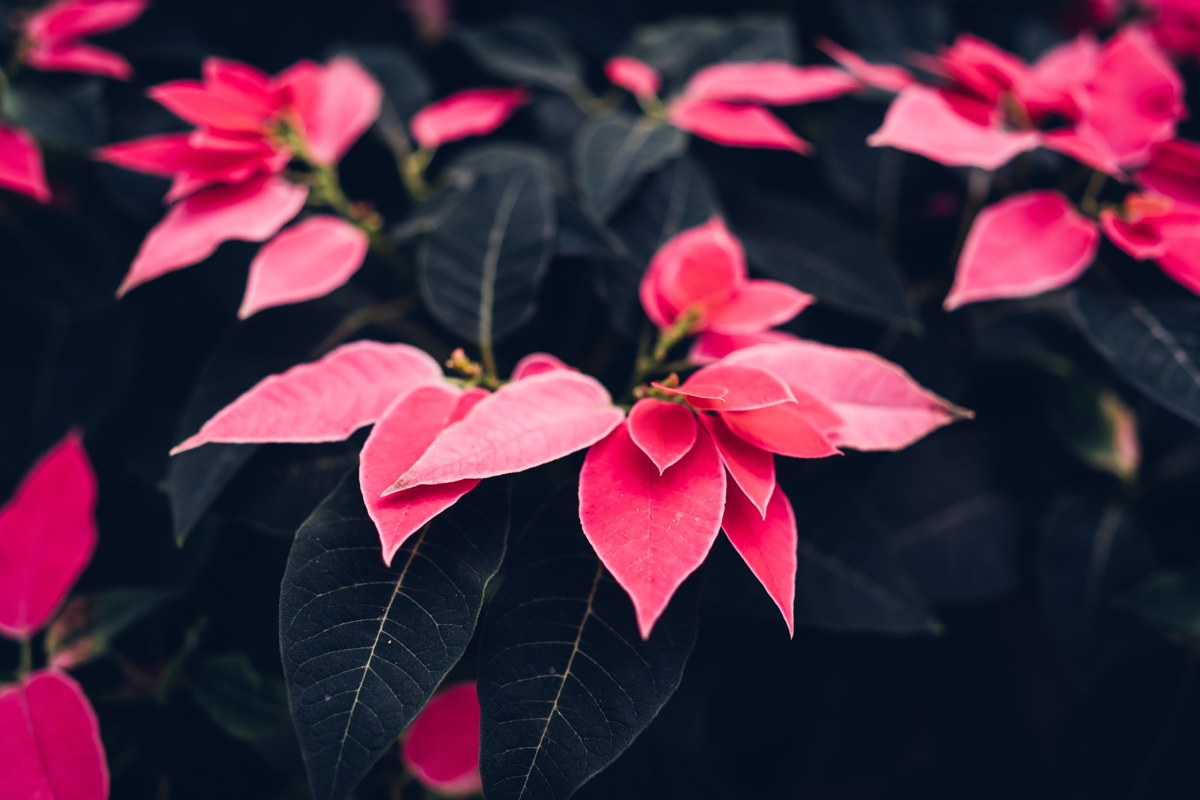Increase in Allergy Caused by Women’s Lib?
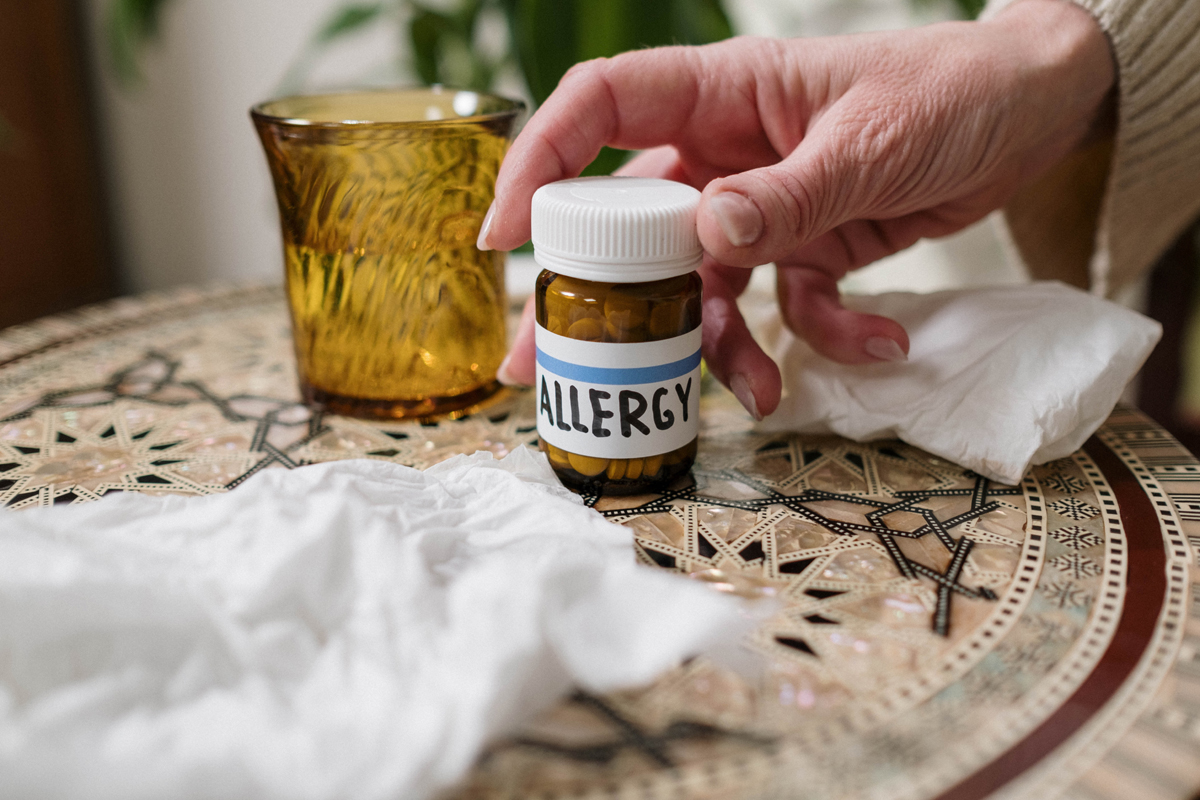
Recently my brother-in-law, a college professor, was seeing a famous San Diego allergist, who I’ll not name. He tried to tell the allergist all about my book, Allergy-Free Gardening. The allergist dismissed it all as unimportant and then told him, “You want to know why there’s so much allergy nowadays?”
My brother-in-law said that, yes, he certainly did want to know. “Women’s Lib,” said the learned doctor. “Women used to stay home where they belonged and they took care of the kids and kept their houses neat and clean.
Now, well, now they all have to have jobs, just like the men, and who’s taking care of the house? Nobody! That’s why there’s so much allergy now. Their houses are filthy and covered with dust.”
My brother-in-law wasn’t quite sure what to make of that. I have an answer for that doctor. An increase in house dust isn’t driving the allergy rates sky-high. Not even close. What’s gone up is the amount of pollen in our cities. In some areas, Tucson, Arizona, for example, there is actually ten times more pollen in the air there now than there was just thirty years ago! And I can document that.
It isn’t just Arizona either. In city after city, north and south, all around the civilized world, everywhere that modern, low-litter, litter-free, seedless, male landscaping has become popular, pollen rates are up. Even though in many cities there is now less total green matter than in the past, there is still more pollen than ever. And more allergy, too. Not long ago I was out in my own neighborhood, camera in hand, looking for some choice high-allergy landscapes to photograph. I didn’t have to go far.
I was standing, carefully, on the public sidewalk, taking a close-up shot of some Groundsel bush ( Baccharis sp.) used as a ground cover in this front yard. An older gentleman came out of the house, looked at me and asked, “Now, what in the world could be worth photographing in my yard?” “I’m an allergy researcher, Sir,” I said. “Yeah?” he asked. “Some problem here?”
“This ground cover is all male,” I said. “All-male, and all of it rather closely related to ragweed.” “Humm,” he said. “And that big row of junipers you’ve got there,” I said, pointing to the side of his yard, “looks like every one of them is a male, too. That ash tree of yours, notice how it doesn’t have any seeds?” “Yeah?”
“It’s a male tree. Actually, your entire yard, everything in it except that climbing rose bush on the front porch, all of it could have been designed to cause allergies. Anybody here have allergies?” “Sure,” he said, “my wife. She’s got terrible allergies.”
I looked at the yard full of male ground cover, all of it in full bloom.
“Well,” I said, “I’d be willing to bet she’s having allergies right now.”
“Yep,” he said, “she certainly is.”
Now, I didn’t even bother to ask him if his wife kept their house spotless and dust-free. It was a nice house, in an expensive neighborhood, and somehow I seriously doubted, that his wife’s allergies were being caused by Women’s Lib.
The Author:
Thomas Leo Ogren, author of Allergy-Free Gardening, holds a Master of Science in Agriculture with an emphasis on plant flowering systems and the connections between landscape plant materials and allergy. has been the co-owner of a family nursery in the Midwest, where he hosted the popular radio call-in gardening show, “Tom Ogren’s Wild World of Plants.”
He writes for Garden Design, California Landscaping, The New Scientist, Alternative Medicine, American Rose, Conscious Choice, Awareness, Environmental Building News and Pacific Coast Nurseryman. He is the creator of the Ogren Plant Allergy Scale (OPALSTM), the first plant-allergy ranking system in existence, which is being used by the USDA to develop allergy rankings for all major U.S. urban areas. You can visit his site at: http://www.allergyfree-gardening.com
Photo. Cottonbro Studio


